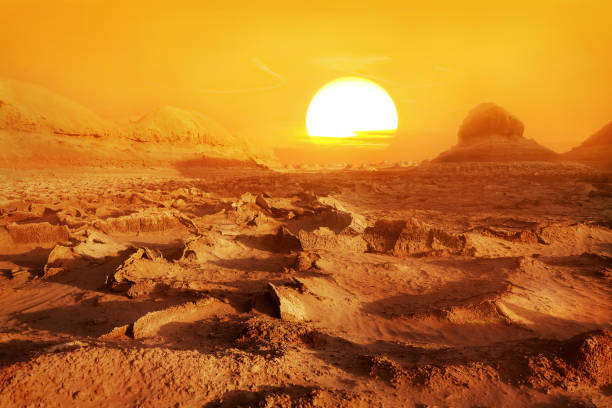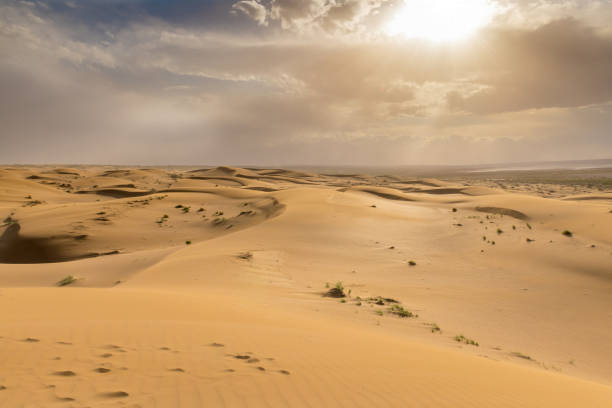Dasht-e Kavir, Iran
The Dasht-e Kavir, also known as the Great Salt Desert, is located on the western edge of the Middle East and is noted for its salt marshes (kavirs) and, of course, mud. The Saltmarsh is a unique animal habitat region with a landscape of salt mounds formed when subsurface salt layers made their way to the surface via the mud and rocks. The terrain is perilous since it is tough to escape if you fall in. As a result, save for the hilly portions, the land is largely deserted.
Dasht-e Kavir vegetation is suited to the hot, dry environment as well as the salty soil in which it grows. Common plant species such as shrubs and grasses are only present in a few valleys and on mountain peaks. Mugwort is the most common plant. The Persian ground jay, along with Hairy bustards, larks, and sandgrouse, is a bird species found on desert plateaus.
The intense heat and frequent storms of Dasht-e Kavir produce considerable erosion, making cultivation nearly impossible. The desert is mostly uninhabited and has seen minimal exploitation. Camel and sheep breeding, as well as agriculture, provide a living for the few people that live on the land. Human habitation is limited to oases where wind-blocking dwelling structures are constructed to cope with the extreme weather conditions.

















